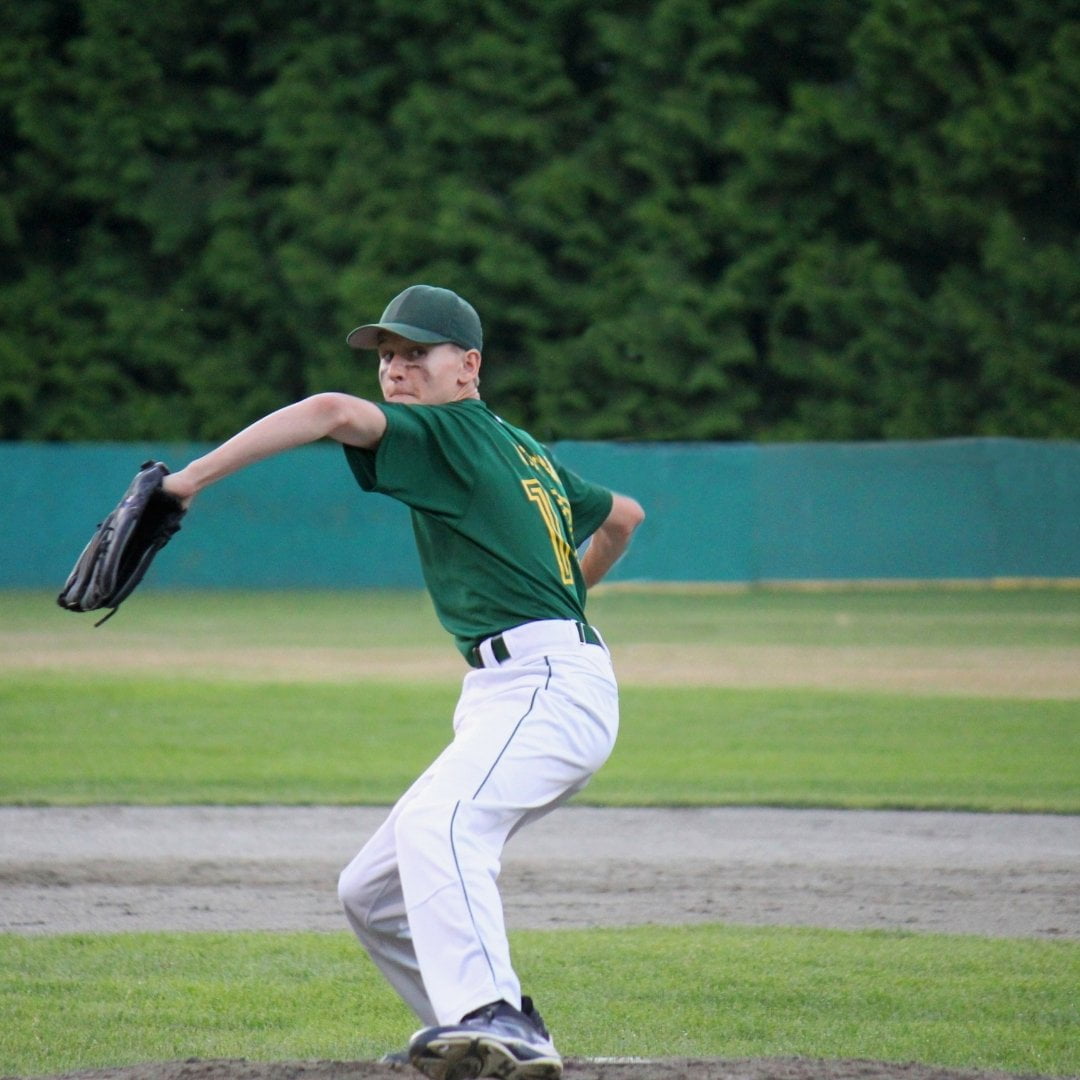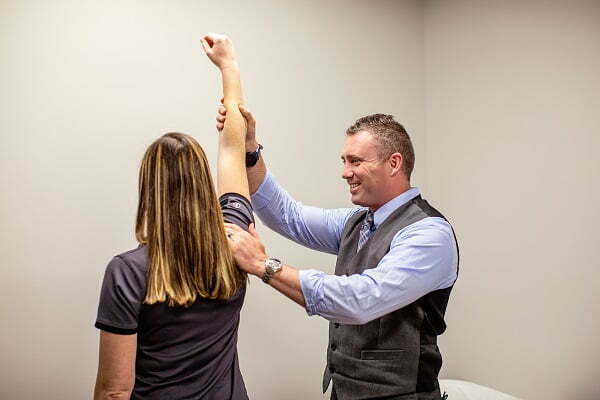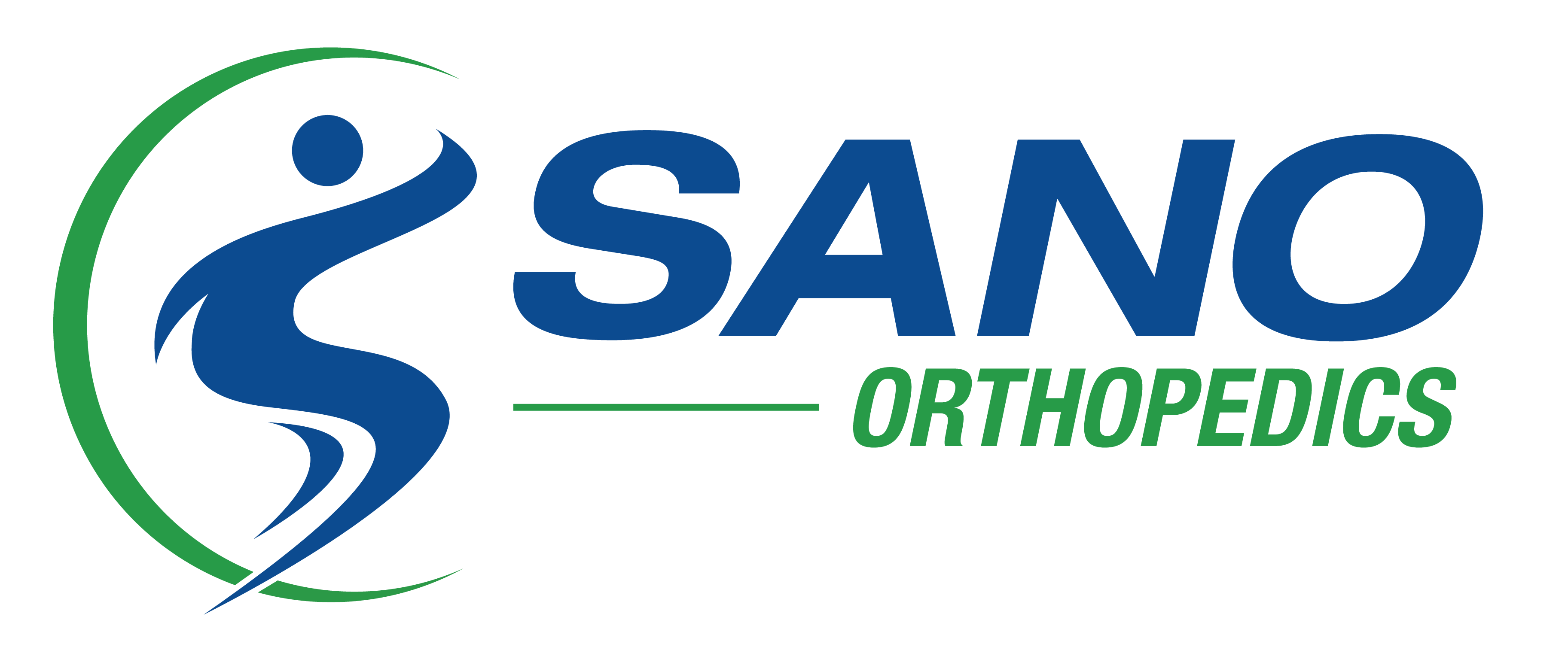Tennis Elbow vs. Golfer’s Elbow – the Battle of the Elbow Tendonitis
Golfer’s elbow and tennis elbow are two common forms of tendonitis that affect the elbow. While they have similar symptoms and occur in the same area, some differences exist in their causes and the specific tendons involved.
What is Tennis Elbow (Lateral Epicondylitis)?
Tennis elbow is usually caused by repetitive or strenuous activities involving wrist extension and forearm rotation, such as playing tennis, painting, or using a screwdriver. The pain and inflammation occur on the outside of the elbow, specifically at the lateral epicondyle, which is the bony prominence on the outer side of the elbow.
Common symptoms of tennis elbow include pain, tenderness, and weakness on the outside of the elbow. The pain may radiate down the forearm and worsen with activities that involve gripping or lifting.
What is Golfer’s Elbow (Medial Epicondylitis)?
Golfer’s elbow is typically caused by repetitive or forceful activities involving wrist flexion and forearm rotation, such as swinging a golf club, throwing, or lifting heavy objects. The pain and inflammation occur on the inside of the elbow, specifically at the medial epicondyle, which is the bony prominence on the inner side of the elbow.
Common symptoms of golfer’s elbow include pain, tenderness, and stiffness on the inside of the elbow. The pain may radiate down the forearm and worsen with gripping or twisting motions.
![]()
Book Online
We have a number of ways you can schedule an appointment at Sano Orthopedics.
Online
Text
Phone
Message Us

Similarities of Golfer’s Elbow and Tennis Elbow
Both tennis elbow and golfer’s elbow involve inflammation and irritation of the tendons around the elbow joint. Both conditions cause pain and discomfort around the elbow region, although on opposite sides. Lastly, the treatment approaches for both conditions typically involve rest, ice, physical therapy exercises, pain medication, and corticosteroid injections or surgery in severe cases.
Treatments for Elbow Tendonitis
The most common treatments for golfer’s elbow and tennis elbow typically involve a combination of conservative approaches to relieve pain, reduce inflammation, and promote healing. Common treatments include:
- Rest: Taking a break from activities that aggravate the condition is crucial to allow the tendons to heal. Avoiding repetitive or forceful movements that strain the affected area can help alleviate symptoms.
Ice therapy: Applying ice packs or cold compresses to the affected elbow can help reduce inflammation and provide pain relief.
Nonsteroidal anti-inflammatory drugs (NSAIDs): Over-the-counter pain relievers like ibuprofen or naproxen can help reduce pain, inflammation, and swelling.
Physical therapy: Specific exercises and stretches can be prescribed by a physical therapist to strengthen the forearm muscles, improve flexibility, and promote healing. They may also use techniques such as massage, ultrasound therapy, or electrical stimulation to aid in recovery.
Bracing or splinting: Wearing an elbow brace or splint can provide support, reduce stress on the tendons, and help alleviate symptoms.
Corticosteroid injections: In more severe cases where conservative measures aren’t sufficient, your doctor may recommend corticosteroid injections to reduce pain and inflammation. These injections are typically administered directly into the affected area. Platelet-Rich Plasma, or PRP, injections are also effective in treating elbow tendonitis.
Surgical intervention may be considered if conservative treatments fail to provide relief after an extended period. However, surgery is usually reserved for severe and persistent cases of golfer’s elbow or tennis elbow that haven’t responded to other therapies.

Recent News
Orthopedic Partner of KC Monarchs Baseball Team
Sano Orthopedics is proud to be the official orthopedic partner of the Kansas City Monarch baseball team. Caring for athletes is best done as a team, which is our approach to all patients.
Sano Evolution: Adding Expertise and Services in 2023
Sano Orthopedics year in review! Adding new providers, specialties, and offices, 2023 was a year of growth for Sano. Reflecting on the year and looking ahead!
Safeguarding Your Game: Understanding and Preventing Pickleball Injuries
Play It Safe: Our Team Shares Common Pickleball Injuries and How to Prevent Them
